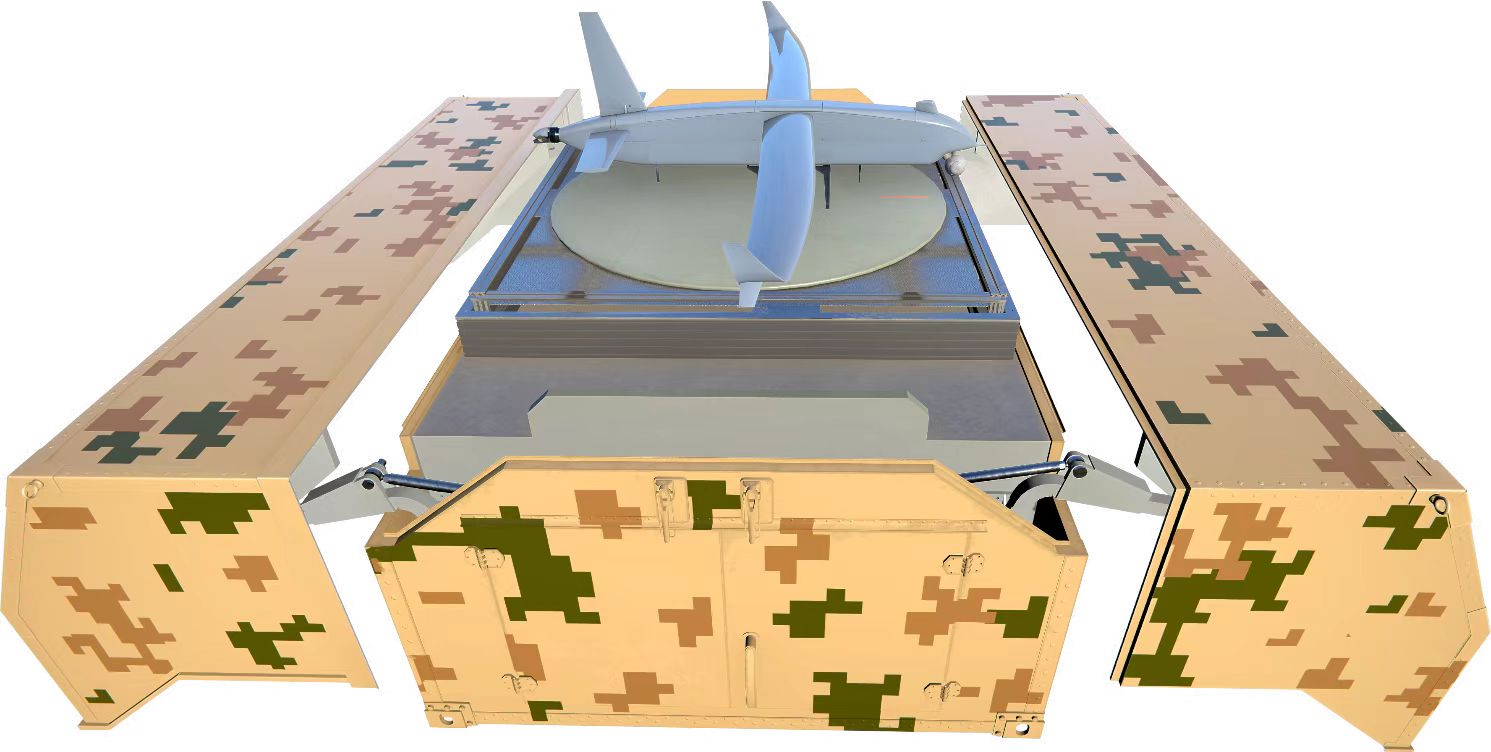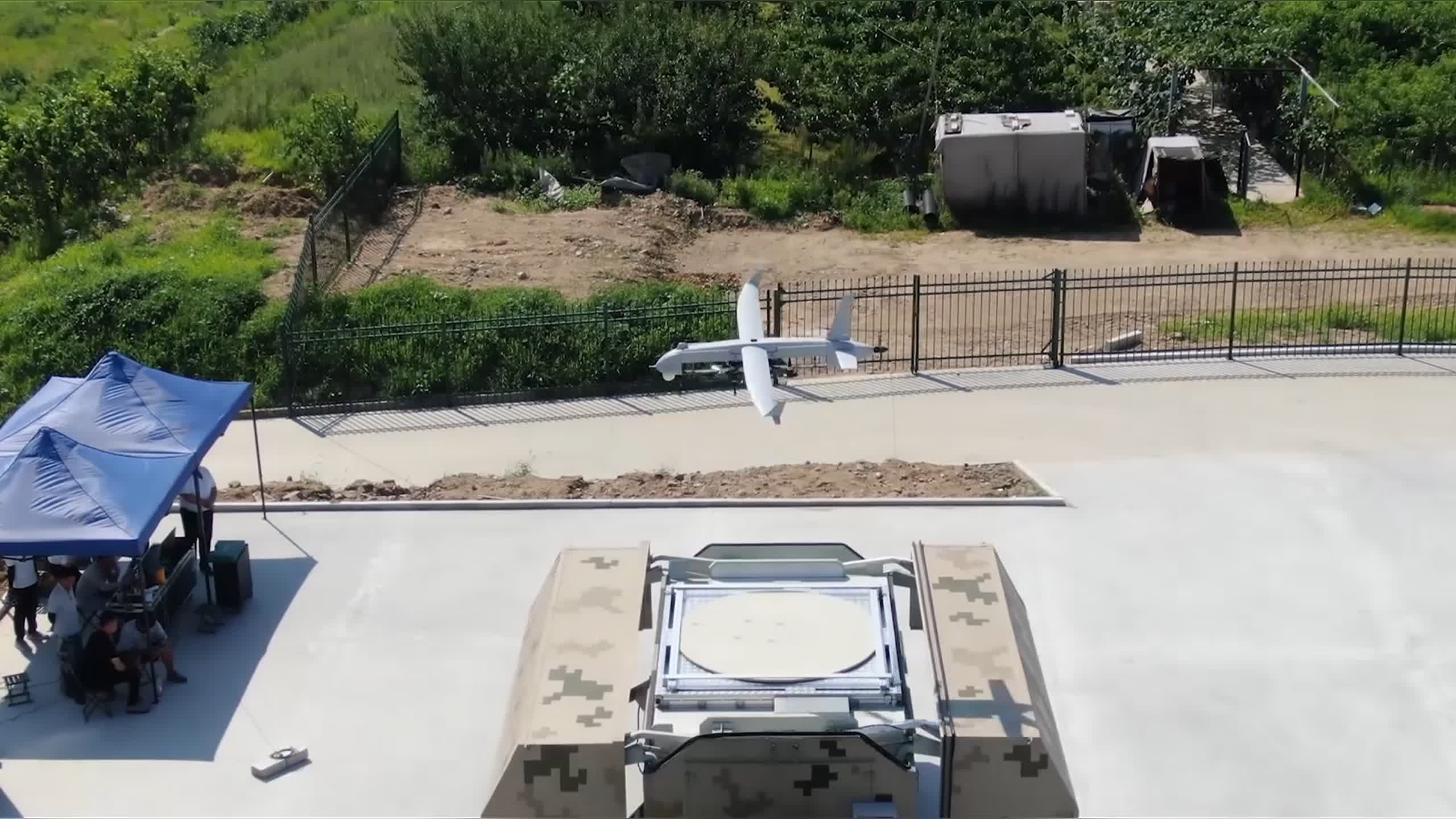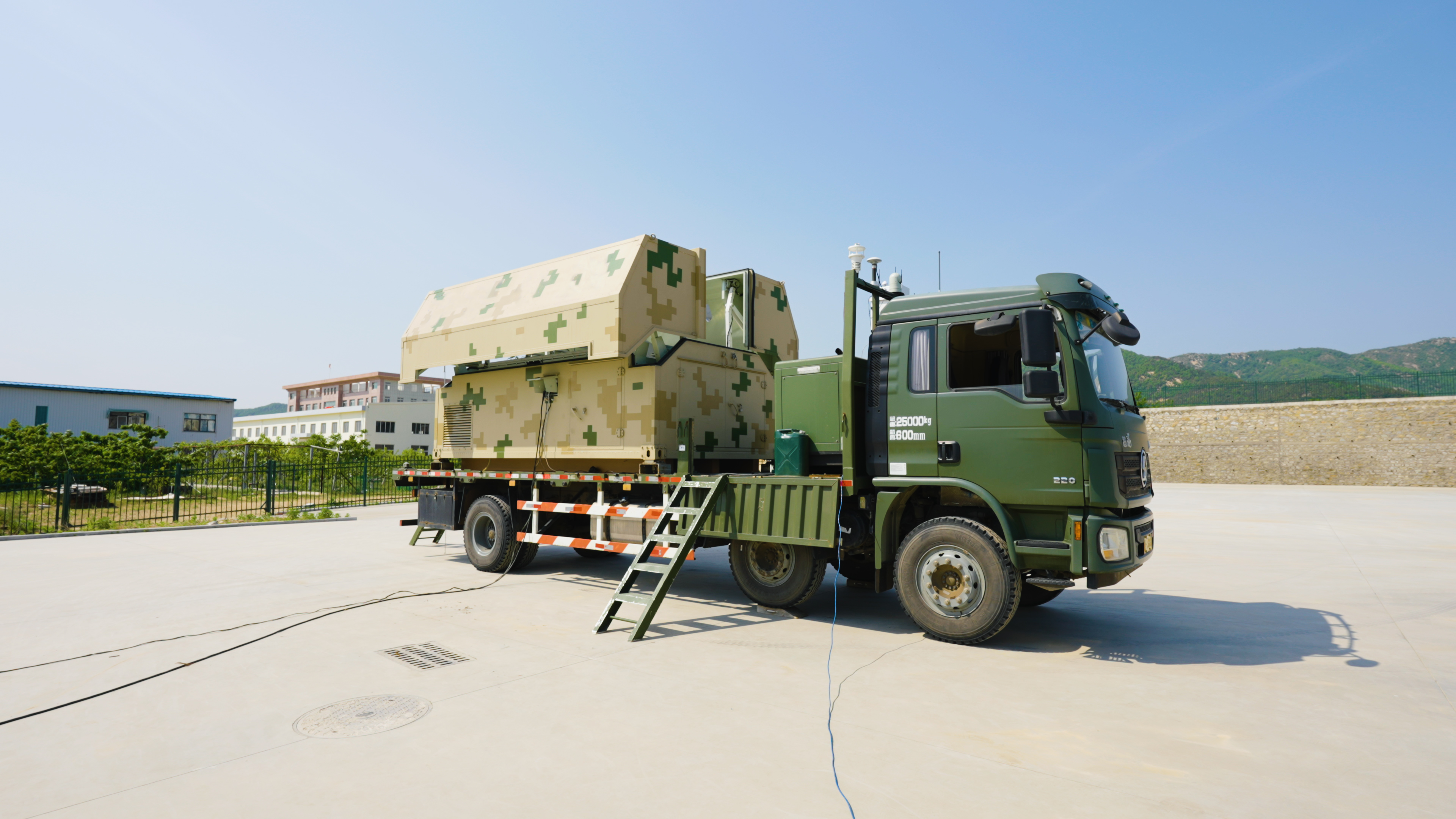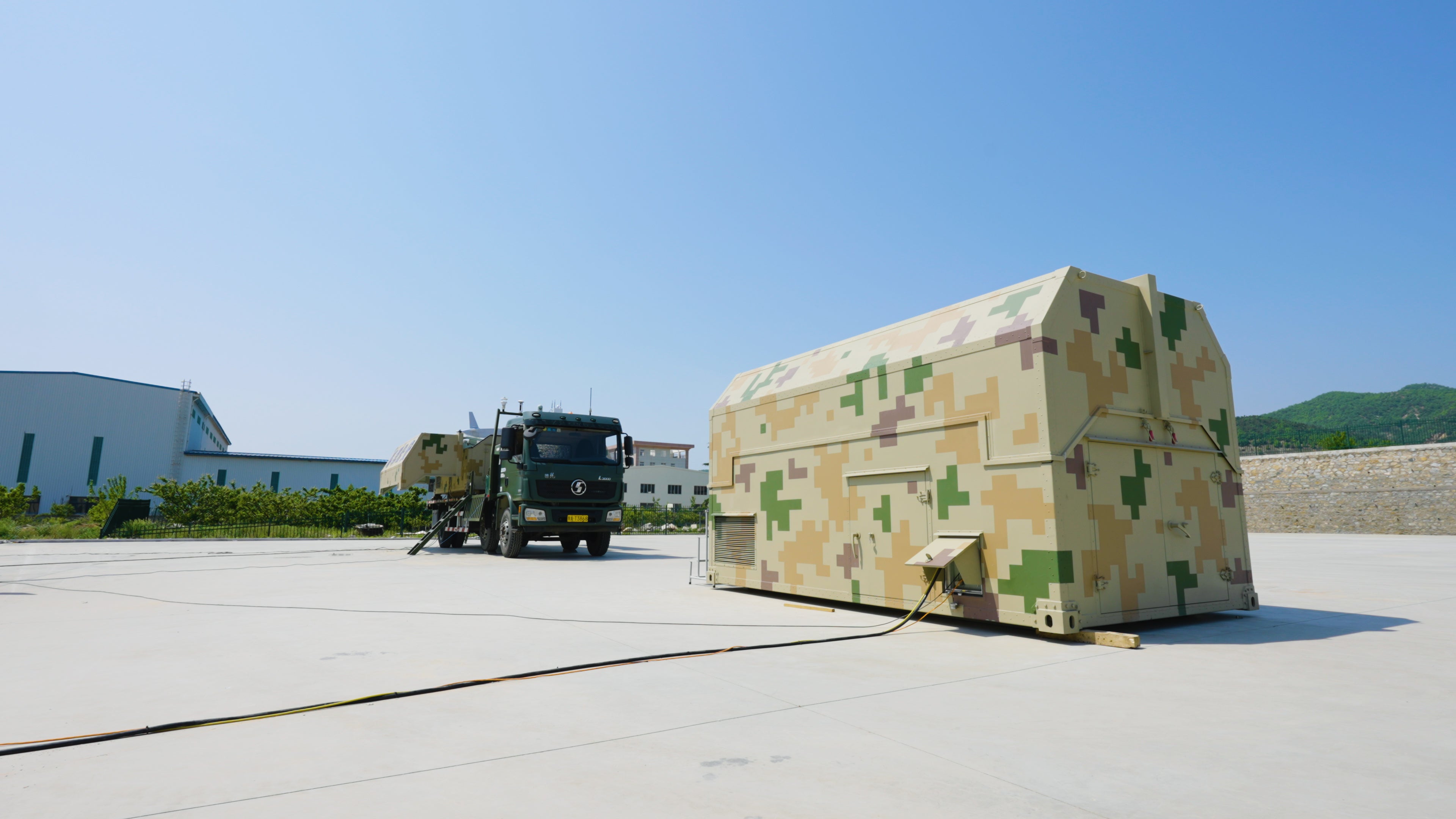Skip to product information


RaignV FCDH-36(S)A "Sentinel" Hive System - Self-Launch/Precision Return/Real-Time Data Transmission
$999,999.00
- System Self-Check and Lifetime Monitoring - Before takeoff, the system performs a self-check. If any abnormalities are detected, an alarm is triggered and the aircraft is prohibited from launching. The flight control system continuously monitors the lifespan of components such as servos, motors, and airframe structures. When any part reaches its end of life, the system prohibits the aircraft from taking off.
- Emergency Return and Contingency Landing Mechanism - The drone can be preset with over 1,000 emergency landing points. In low-battery scenarios, the system will automatically initiate return-to-home or contingency landing procedures.
- Critical Sensor Redundancy - Key sensors including gyroscopes, accelerometers, magnetometers, airspeed sensors, and barometers employ triple redundancy. The system comes standard with an RTK differential GNSS module, supplemented by a standalone GNSS module as backup. A redundancy management algorithm ensures flight control system safety.
- Global Self-Optimizing and Self-Adjusting Flight Control Algorithm with Strong Wind Resistance - The algorithm directly calculates 9 control commands based on over 40 real-time aircraft state parameters, eliminating the need for multi-layer PID control. By optimizing parameters with the global state as the ultimate objective, it achieves seamless transition between multi-rotor and fixed-wing modes without altitude loss or significant attitude changes, while maintaining excellent wind resistance performance.
- Power System Redundancy - The system features two independent power systems for vertical take-off and landing (VTOL) and gliding flight. Even if a pair of rotors stops functioning, the aircraft can still safely land. In the event of multi-rotor system failure, the drone will automatically switch to gliding mode.
- User-Friendly Operation - Simply click the software interface to initiate automated calibration, one-click takeoff/landing, and automated cruising. The system features self-monitoring status, autonomous situation assessment, self-diagnosis of faults, and automated mission evaluation. With one-click operation management, it reduces dependency on operator expertise—making it simple, practical, safe, reliable, and enabling rapid deployment.


